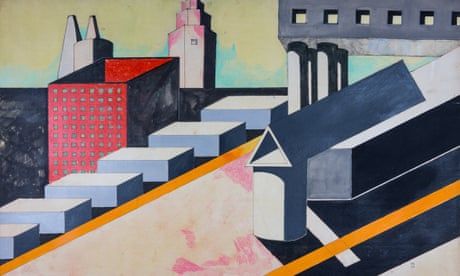
Sir John Soane’s Museum, London
The links between Le Corbusier and co and the inspirational architect of Dulwich Picture Gallery and the old Bank of England are explored in a fascinating exhibition in his own house of treasures
If John Soane had only created the combined house and museum that bears his name in Lincoln’s Inn Fields, London – a domestic-scaled pharaoh’s tomb with Alice in Wonderland tricks of scale and perception – his place in history would be assured. But he did far more. There, and in his building for Dulwich Picture Gallery, he helped to form the modern idea of a museum. His (mostly destroyed) headquarters for the Bank of England brought the serene grandeur and spatial complexity of imperial Roman baths to the workplace of financial civil servants. The son of a bricklayer who became one of Britain’s most original architects, his restless imagination generated a trove of ideas that others still mine, two centuries after he lived and worked.
After a period of relative neglect after his death in 1837 aged 83, his work began to be rediscovered in the 1920s. The best-known homage is the classic red telephone box, its shallow dome and reeded decoration frankly borrowed by its architect, Giles Gilbert Scott, from the tomb that Soane created for his wife and himself in Old St Pancras churchyard in London. Versions of the top-lit vaults he designed in Dulwich can be seen in art galleries all over the world. But most of all, according to a new exhibition at his house and museum, he was a prophet of the modernist architecture of the 20th century.
Continue reading...